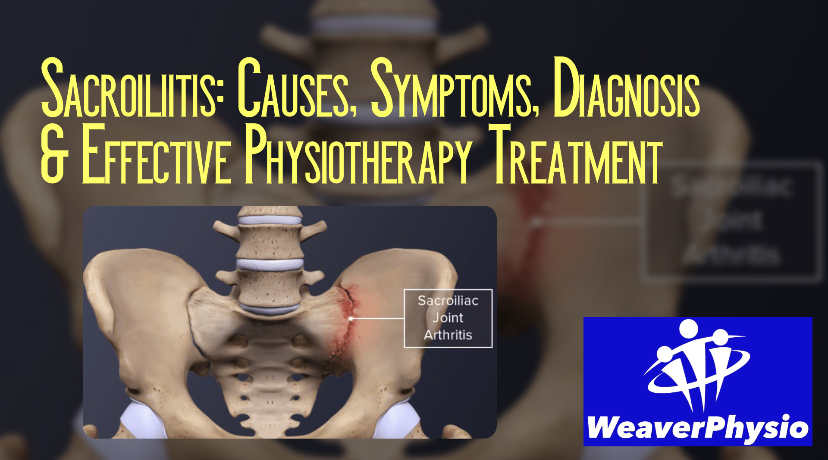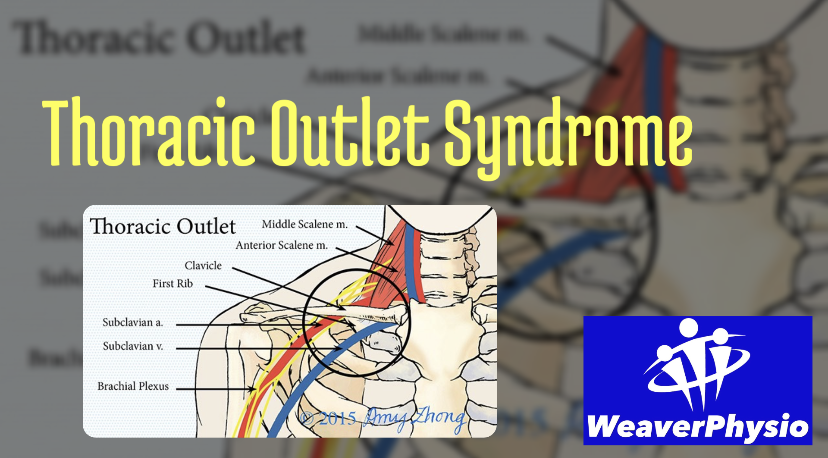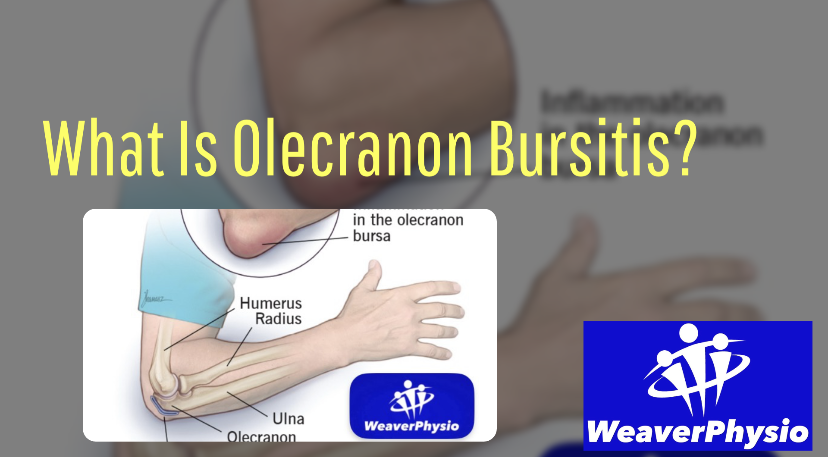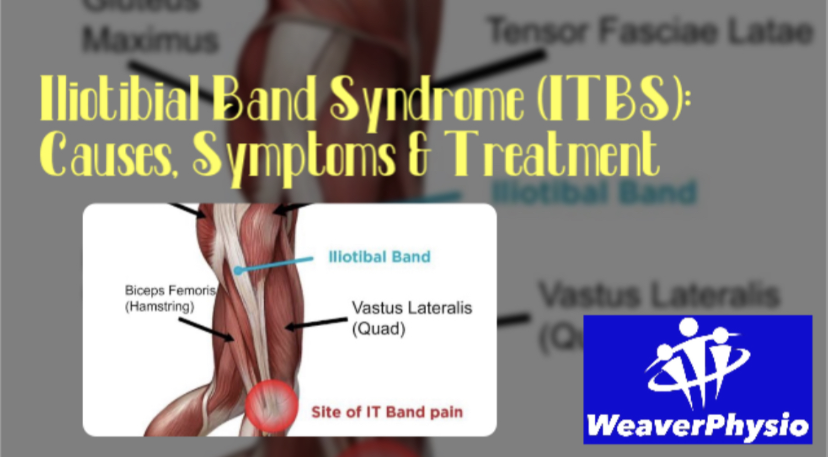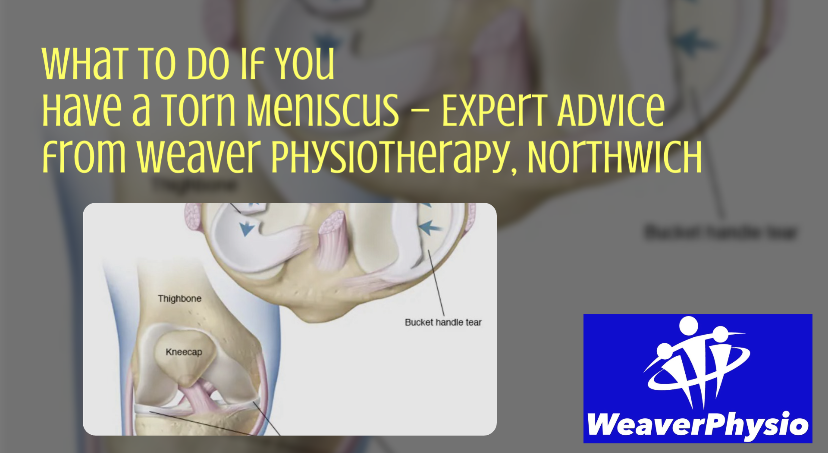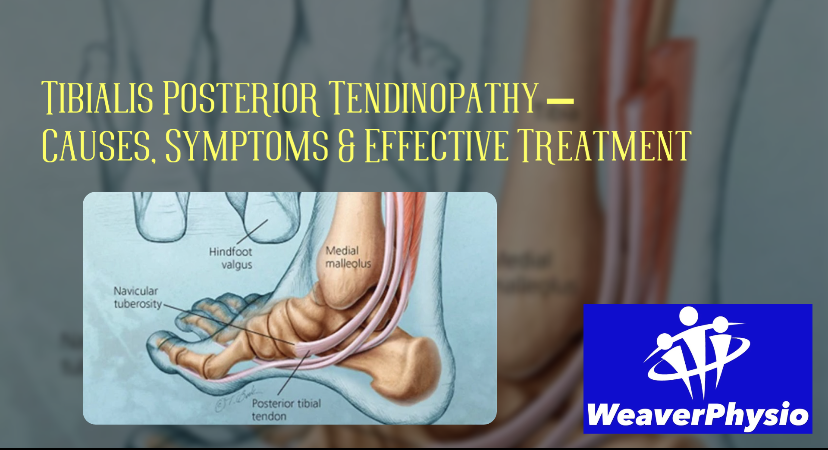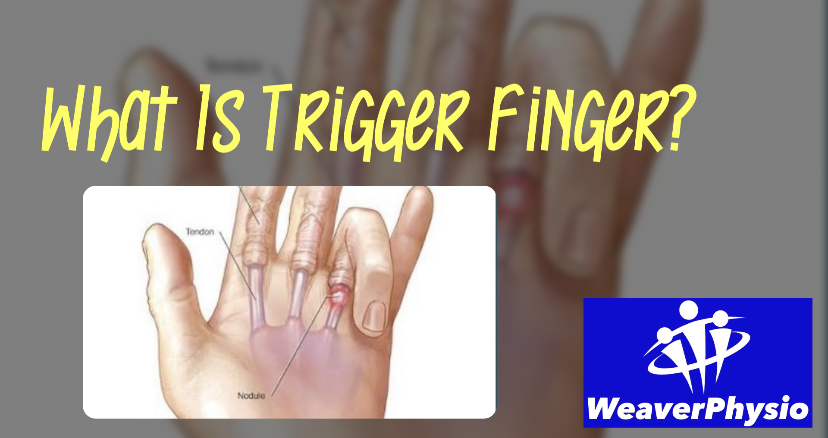Understanding Fibromyalgia
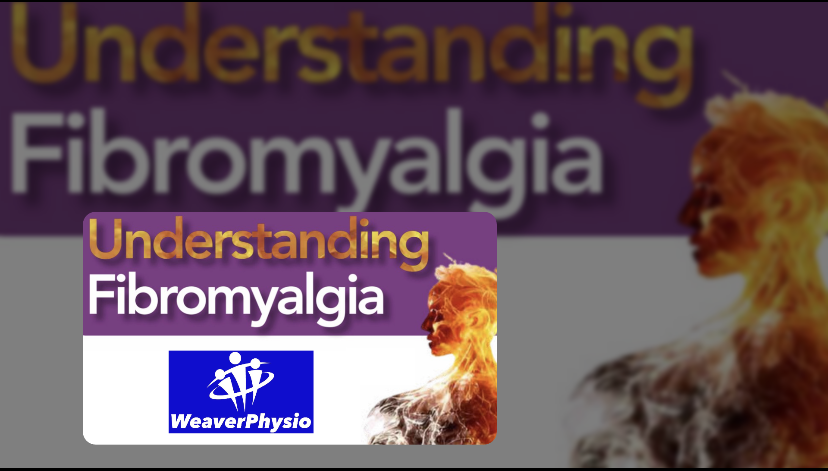
What Is Fibromyalgia?
Fibromyalgia is a long-term, chronic condition that causes widespread pain and tenderness throughout the body. Unlike injuries such as sprains or bruises, fibromyalgia pain doesn’t stem from any visible damage. Instead, it’s believed to involve how the brain and spinal cord process pain signals—making the nervous system more sensitive to even mild stimuli.
At Weaver Physiotherapy & Sports Injury Clinic in Northwich, we see many patients who describe the pain as a persistent, dull ache that affects both sides of the body and areas above and below the waist. But fibromyalgia isn’t just about pain—it’s also deeply associated with extreme fatigue, which often feels like the all-encompassing exhaustion experienced during the flu. This isn’t tiredness that improves with rest; it’s a draining, lingering fatigue that makes even everyday tasks feel overwhelming.
In addition to pain and fatigue, fibromyalgia can cause symptoms such as:
• Fibro fog – problems with memory, concentration, and focus
• Mental haze, difficulty processing tasks, or forgetting simple things
• Overlapping symptoms often confused with arthritis or chronic fatigue syndrome
Because fibromyalgia mimics many other conditions, diagnosis can be difficult. This makes it essential to seek assessment from qualified professionals like our team at Weaver Physio, where we understand the nuances of complex pain conditions.
Though the exact cause of fibromyalgia remains unclear, research suggests a combination of genetics, infections, trauma, and long-term stress may be involved. The positive news? With the right physiotherapy, education, and support, many people lead active, fulfilling lives.
⸻
History and Prevalence of Fibromyalgia
Though the symptoms of fibromyalgia have been noted for centuries in medical history, the condition was only formally named in the 1970s, combining Latin and Greek words to describe fibrous tissue and muscle pain.
Since then, awareness and understanding of fibromyalgia have evolved. Once thought to be solely about tender points, it’s now recognised as a complex chronic pain syndrome affecting the nervous system, muscles, mood, and energy levels.
Today, fibromyalgia is one of the most common chronic pain disorders, affecting an estimated 1 in 25 people. It can impact anyone, but it is most frequently diagnosed in women aged 30 to 60.
This widespread prevalence highlights the need for increased awareness, better access to treatment, and professional guidance from trusted providers like Weaver Physiotherapy & Sports Injury Clinic in Northwich.
⸻
How Fibromyalgia Affects the Body
Fibromyalgia isn’t limited to pain—it influences many body systems and daily functioning. Here’s a breakdown of how fibromyalgia may impact those living with it:
✅ Widespread Pain
This is the hallmark of fibromyalgia. The pain is often described as deep, aching, burning, or throbbing and may vary in intensity day to day. It can be aggravated by stress, activity, or even changes in weather.
✅ Debilitating Fatigue
Unlike ordinary tiredness, fibromyalgia-related fatigue doesn’t resolve with sleep. It can make simple daily activities—like walking, cooking, or working—feel exhausting.
✅ Sleep Disturbances
Despite feeling tired, many sufferers struggle with falling or staying asleep. Sleep disorders like restless leg syndrome or sleep apnoea are also common, making recovery from fatigue difficult.
✅ Cognitive Fog (“Fibro Fog”)
A frustrating symptom for many, this involves trouble concentrating, organising thoughts, and remembering details. It can feel like a mental cloud interfering with daily productivity.
✅ Digestive Upset
Fibromyalgia is frequently linked with gastrointestinal issues, such as bloating, constipation, gas, or even irritable bowel syndrome (IBS).
✅ Sensory Sensitivities
Many patients report being unusually sensitive to light, sound, temperature changes, or touch. Even normal sensations can feel overwhelming.
✅ Mood Disorders
Living with chronic pain can affect mental health. Anxiety, mood swings, and depression are common among those managing fibromyalgia, due to both neurological and emotional impacts.
✅ Morning Stiffness
Like arthritis, fibromyalgia can cause stiffness on waking, making it difficult to get moving in the mornings. This may last from several minutes to several hours.
⸻
We’re Here to Help at Weaver Physio
Understanding how fibromyalgia affects the body is essential for both patients and their families. At Weaver Physiotherapy & Sports Injury Clinic, we treat more than just symptoms—we treat the whole person.
We provide:
• Targeted hands-on therapy to ease soft tissue tension
• Graded exercise programs designed for fatigue-sensitive conditions
• Education and lifestyle support to help you manage pain and pacing
• Expert diagnosis and referrals for comprehensive care
If you or someone you know is dealing with fibromyalgia symptoms, you are not alone. Our Northwich team is here to provide understanding, expert care, and a structured plan to help you regain control of your health and movement.
📞 Contact us today at 01606 227484
🌐 Visit http://www.weaverphysio.com to learn more
⸻
#FibromyalgiaSupport #ChronicPainRelief #FibroFog #WeaverPhysio #NorthwichPhysio #FibromyalgiaTreatment #FibromyalgiaAwareness #WidespreadPain #FatigueRelief #SleepSupport #FibroRecovery #MoveBetterLiveBetter #CheshirePhysiotherapy




